Last month I discussed shooting portraits with wide angle prime lenses. You can read that article here. This month I want to discuss the excellent zoom lenses that Fujifilm have to offer for the X series cameras.
There was a time way back in the last century when zoom lenses tended to have a poorer image quality compared to their prime lens counterparts. No such quality differences exist now. Take the XF18-55mm kit lens, for instance. It has a better optical quality at the 18mm setting than the XF18mm prime lens. That’s not to say the XF18mm lens is bad – far from it – but compromises were made to enable a pancake-style optic with a compact size. With the more expensive lenses like the XF16-55mm zoom, there is no perceived difference in optical quality over the top shelf prime lenses.
Zoom lenses offer many advantages and a couple of disadvantages over primes specifically when shooting portraits…
Advantages of zooms:
- Cheaper – Zoom lenses cover a range of focal lengths for less money than an equivalent set of primes.
- Lightweight – A camera bag with 2 zooms is lighter than one with 5 or 6 primes.
- Versatile – Having intermediate focal lengths allows for precise framing in tight places or where there are restrictions on photographer movement.
- Stabilised – Most (but not all) zooms in the X Series lineup have optical image stabilisation built in.
- Less lens changes needed – In dusty or harsh environments changing lenses is a risk. Using zooms keeps lens changes to a minimum.
Disadvantages of zooms:
- Heavyweight – Zoom lenses are heavier and bulkier than primes. The camera bag may be lighter when you shoot with zoom lenses, but the camera with lens is heavier and bulkier.
- Encourages laziness – Sometimes the convenience of using zoom lenses makes photographers less exacting with their camera position selection.
With all the advantages and only a couple of disadvantages of using zoom lenses, why do some photographers prefer to shoot portraits with prime lenses? Maybe because it’s ‘cool’ to shoot with primes but there are other more important factors to consider. When I was restricted to shooting at one focal length at the beginning of my career, I found it easy to train my eye to see in that focal length. The simplification of the process of ‘seeing the image’ helped me achieve my creative vision. I added other prime lenses in turn and learned how to see in their new focal length. At first it was like a merry dance as I went around trying to find the perfect spot for the shot. After a while, I found myself naturally finding that spot without the need to look through the lens. It’s a skill I have to somehow thank working with prime lenses for.
The pick of the crop
I rate very highly the XF18-55mm OIS zoom as a stellar optical performer in a compact body. It’s a lens that feels at home on just about any X Series camera. The suggested retail of this lens may be high but, when bought with a camera body as a kit, it becomes an absolute bargain.
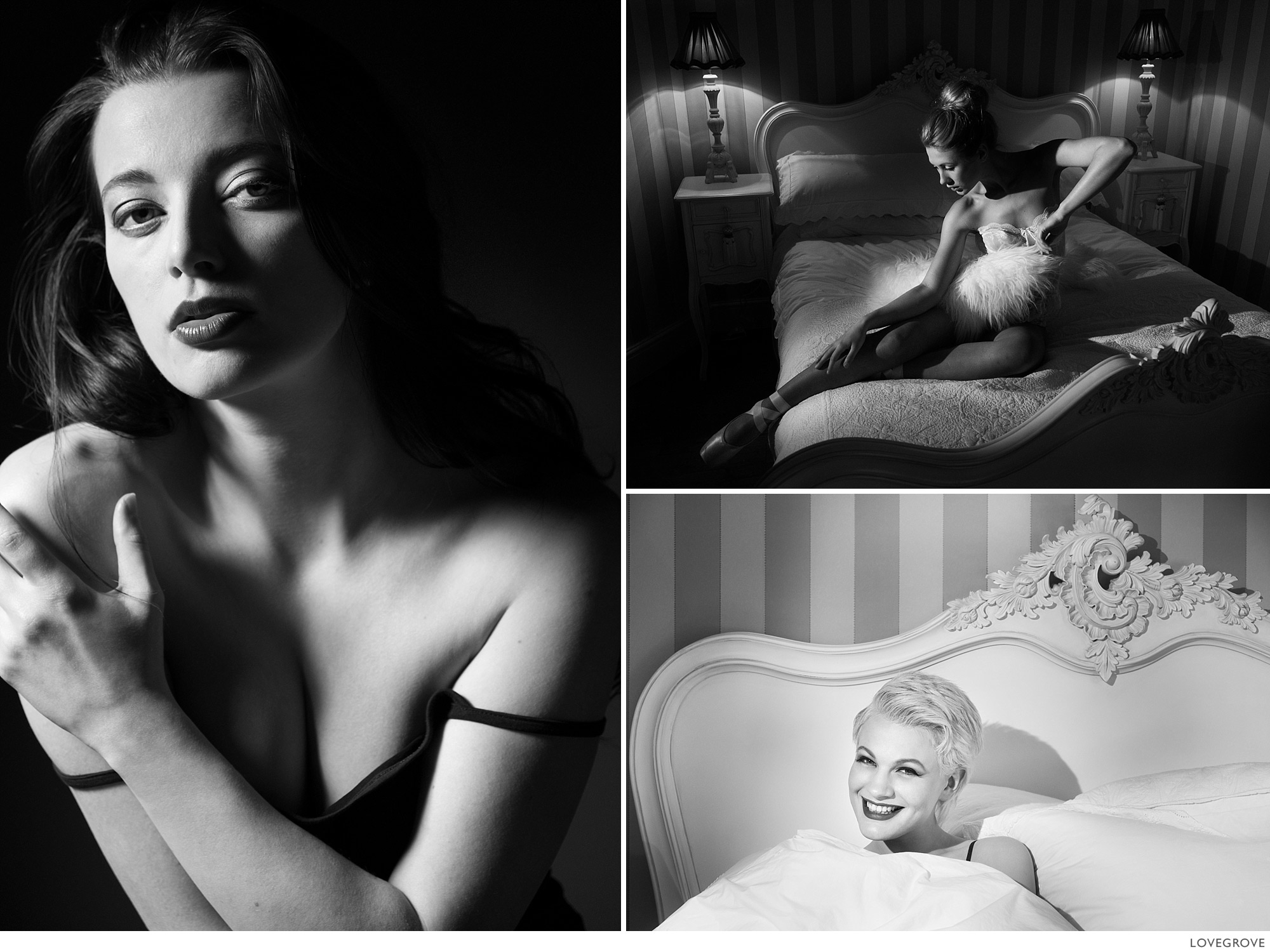
01. The Fabulous Fujifilm XF 18-55mm lens is just at home in the studio at f/11 (left) as it is wide open on location. The shot on the left was lit with one 40cm beauty dish and the two shots on the right were lit with a Lupo 1000 with a Scattergel. Both the shots on the right were taken in the same location. I just created different moods to suit the shots.
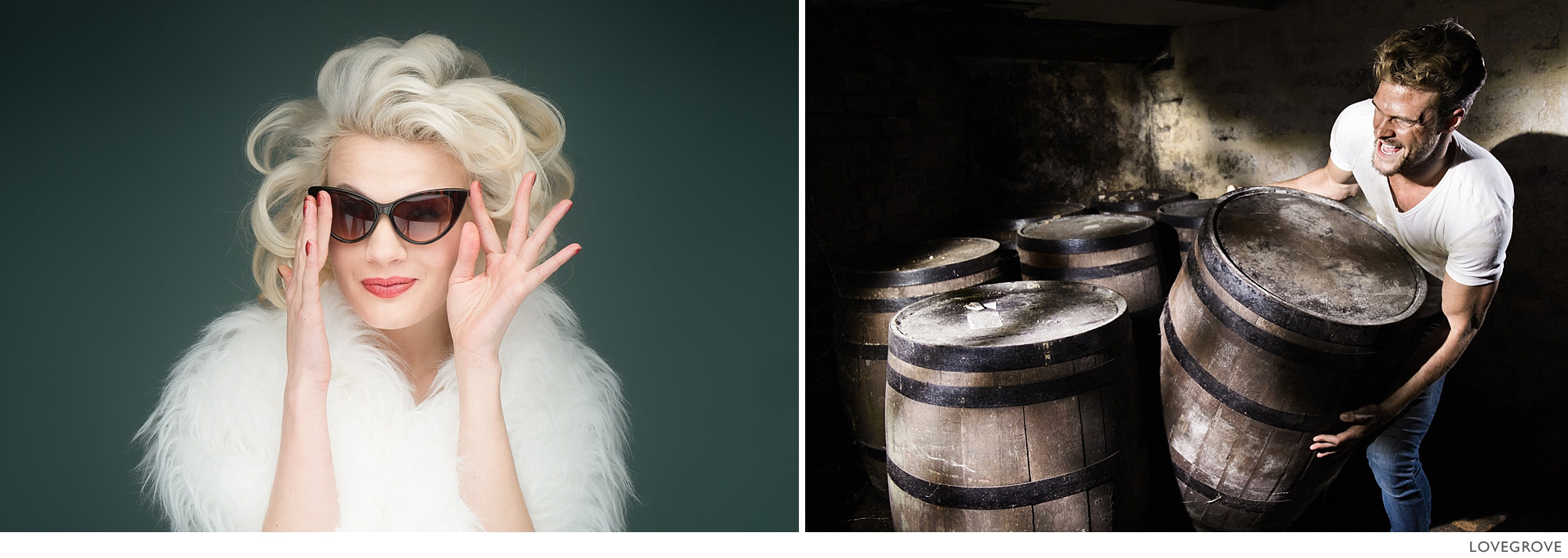
02. The 18-55 resolves so much detail it’s my X Series lens of choice in the studio. Chloe Jasmine was lit with one large Bowens Wafer softbox that I bought in 1996 together with a triflector from below. I used a Tiffen Black Pro Mist 1/4 filter to add some etherial glow to the highlights. I used a couple of Lupo Fresnel spotlights and a Scattergel for the shot of Jamie on the right taken in a wine cellar. The OIS helped keep this 1/125th second hand held shot pin sharp.
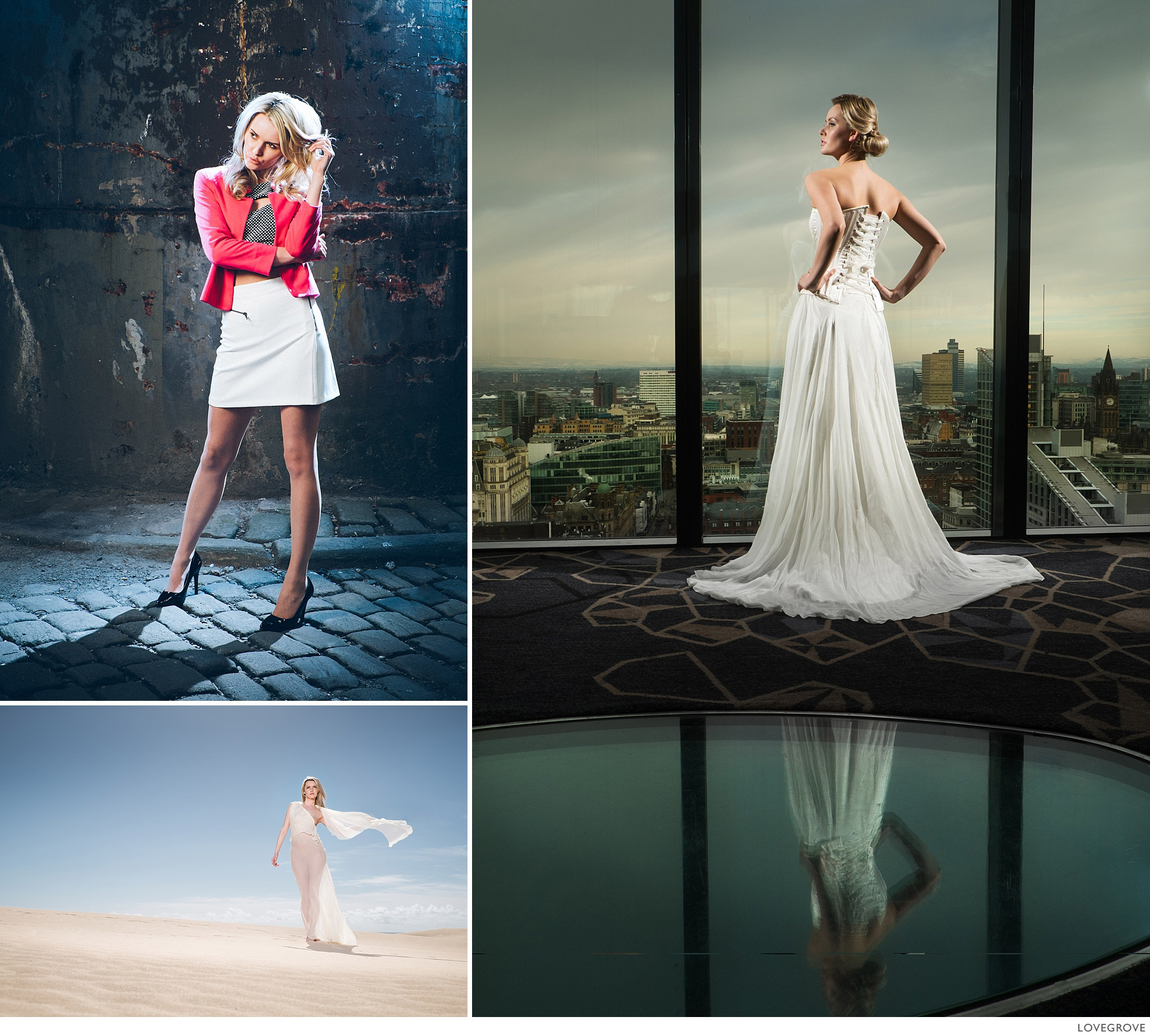
03. As you can see from all the shots in this article, a shallow depth of field and or a beautiful bokeh are not a necessary requirement to make great portraits. The light, styling and composition are far more important at times. These three shots of Carla Monaco were all taken with the XF18-55mm ‘kit lens’. It’s my pick of the crop of Fujinon zooms for compactness, optical quality and value for money.
The XF 16-55mm lens is the cream of the crop in terms of image quality. When this lens first came out, I went out on a dedicated shoot to compare the image quality side by side with the XF16mm, XF23mm, XF35mmF1.4, and XF56mm lenses. There were subtle differences in optical performance with the zoom coming out on top in some instances. The testing wasn’t very scientific. It was simple A/B testing in the real world. Interestingly this zoom is the only Fujifilm X Series zoom to not have OIS. I’ve no idea why this is but perhaps the designers knew that the X-H1 was on the horizon with its IBIS (In-Body Image Stabilisation). If I owned an X-H1 camera and was looking for a portrait lens right now, I’d get this XF16-55mm zoom. I wouldn’t go for the prime options. I’d add the amazing XF50-140mm to my line up and, with those two lenses, I’d have everything I’d need.
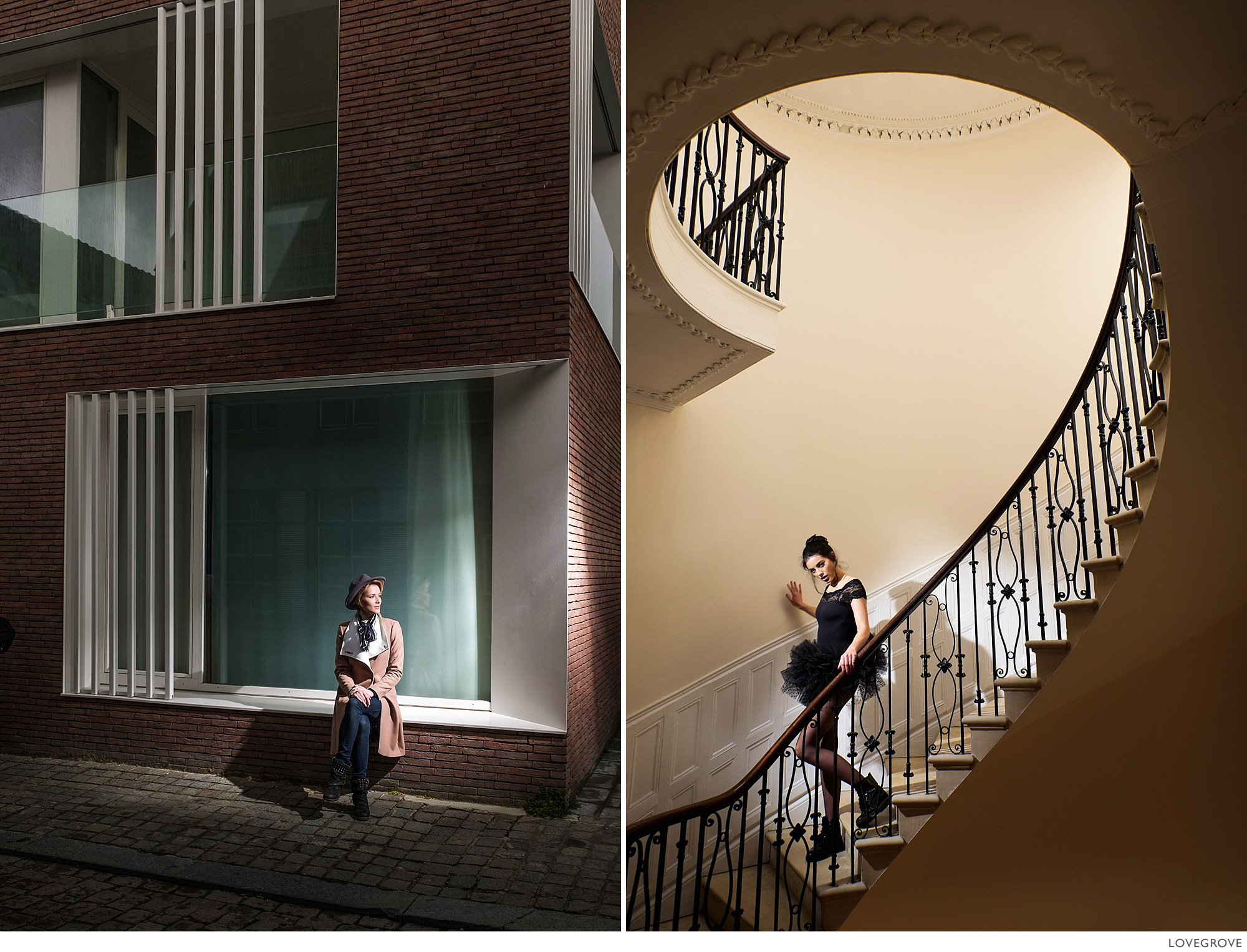
04. These portraits were taken with the substantial and reassuringly heavy XF16-55mm lens. I used a Cactus RF60 Speedlight for the shot of Rosalinde in Brugge on the left and I used a Lupo 1000 spotlight for the shot at Eastington Park House on the right.
The XF55-200mm lens might seem an unlikely choice of optic for a full time pro portrait photographer to recommend but it is really very good. I like its compact lightweight handling and the extra reach it has over the XF50-140mm. The OIS is fabulous too. The portraits I have shot with this lens have a sparkling quality. When partnered with the XF18-55mm lens, this 55-200mm offers a complete solution.
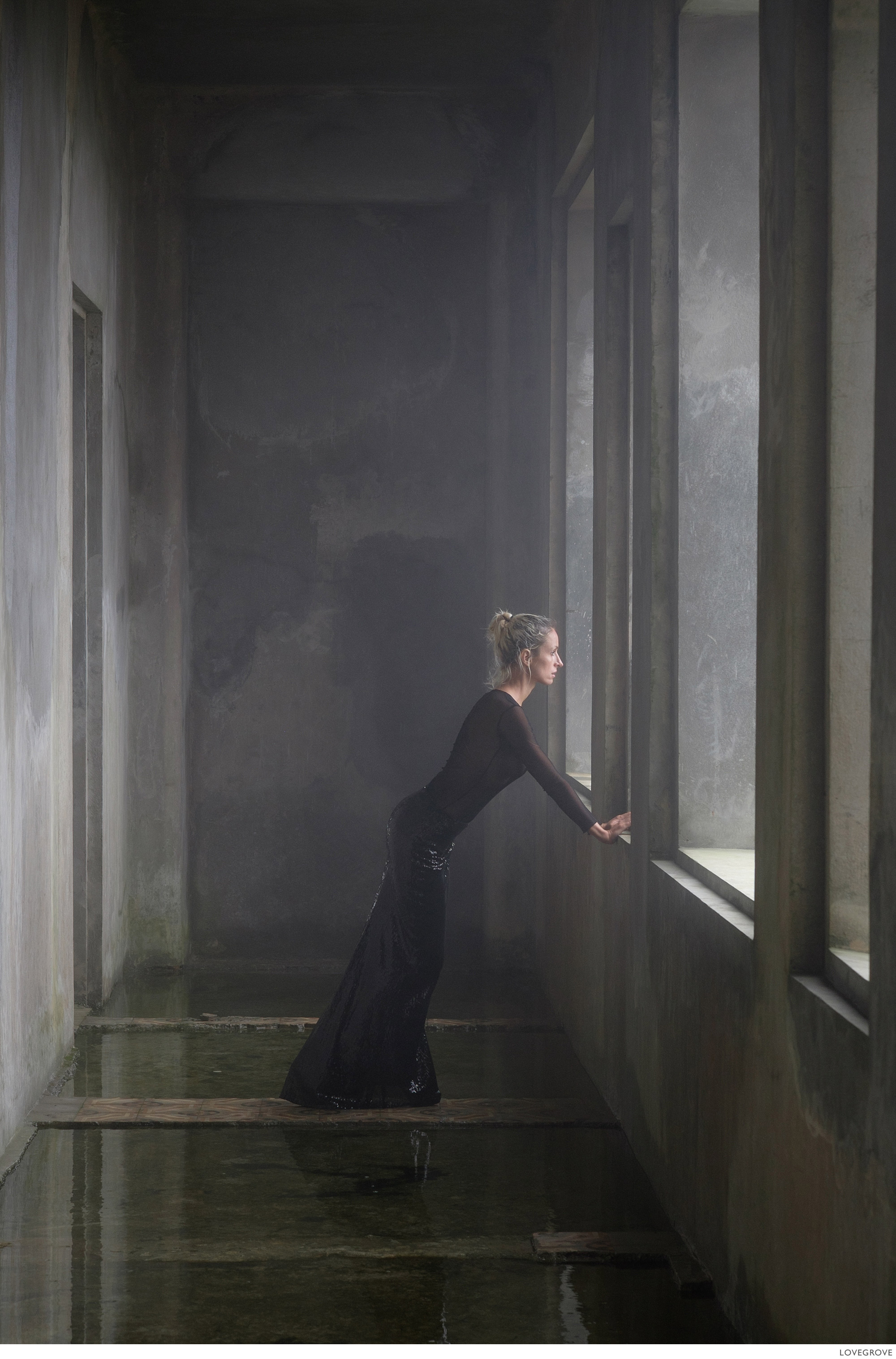
05. The 55-200mm lens is another unsung hero of the XF line up. I used it here for a portrait of my friend Yulia in an abandoned casino on Bokor mountain in Cambodia.
The XF50-140mm OIS lens is the pro grade top shelf offering by Fujifilm to entice portrait and wedding photographers from the likes of Canon and Nikon. It is reassuringly heavy and a joy to use. It is perfect for shooting portraits that require background separation. The zoom capability gives speedy framing adjustments that can’t be achieved quickly with long prime lenses. The longer the lens, the more steps there are needed to adjust the size of shot. So instead of walking forward five steps with the 90mm prime to get a tight head shot at a portrait shoot, it is super fast to just zoom into 140mm instead. This fast reframing and the ability to get a variety of shots from the same position makes this a firm favourite among professional wedding and portrait shooters.
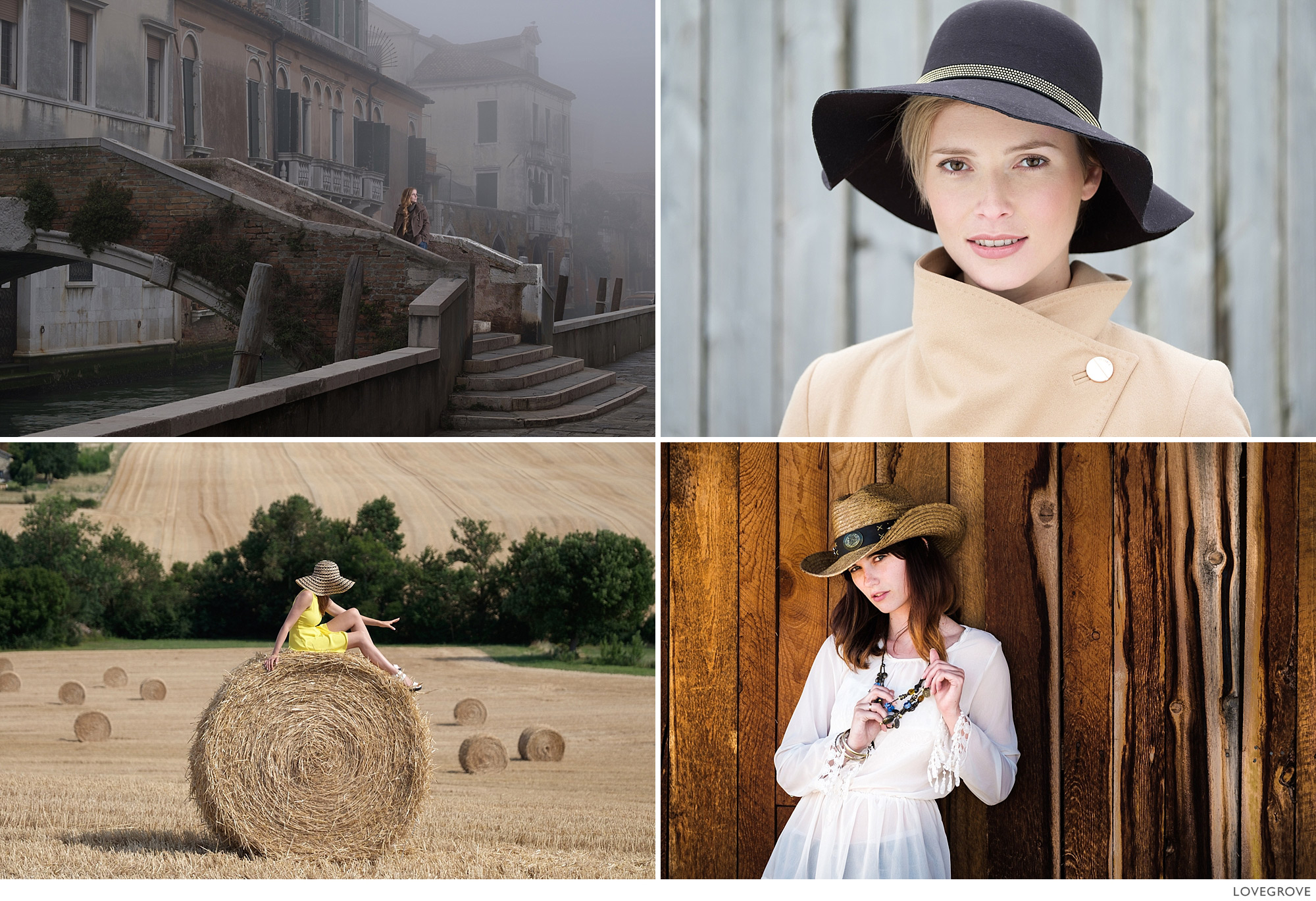
06. The Fujifilm XF50-140mm is a fully-fledged pro lens. It feels like it should cost more than the camera it is attached to and it does. I use it for figure in the landscape shots and crash in for close ups too at times. This lens makes everything look fabulous. If you want to impress at the shoot and with your photographs on Instagram, this lens will deliver the wow factor. It’s fast, it’s sharp but you wouldn’t want to take it on holiday, unlike the more compact 55-200mm lens.
Other zooms for portraits
The XF10-24mm OIS lens is not a lens I like to use for portraits. I tried to love it but I preferred shooting with the XF14mm, XF16mm or XF18-55mm lenses instead. One problem for me was the 10mm setting kept begging to be used and once back at the studio selecting the pictures on the computer, the sinking feeling of regret crept in. I lost a few days pictures in Cambodia because of using too wide a focal length rather than stepping back and shooting with a more sensible lens. I know there are users of the XF10-24mm lens that absolutely love it and there is no denying that for the most part it has a good optical performance. Use it for portraits with caution.
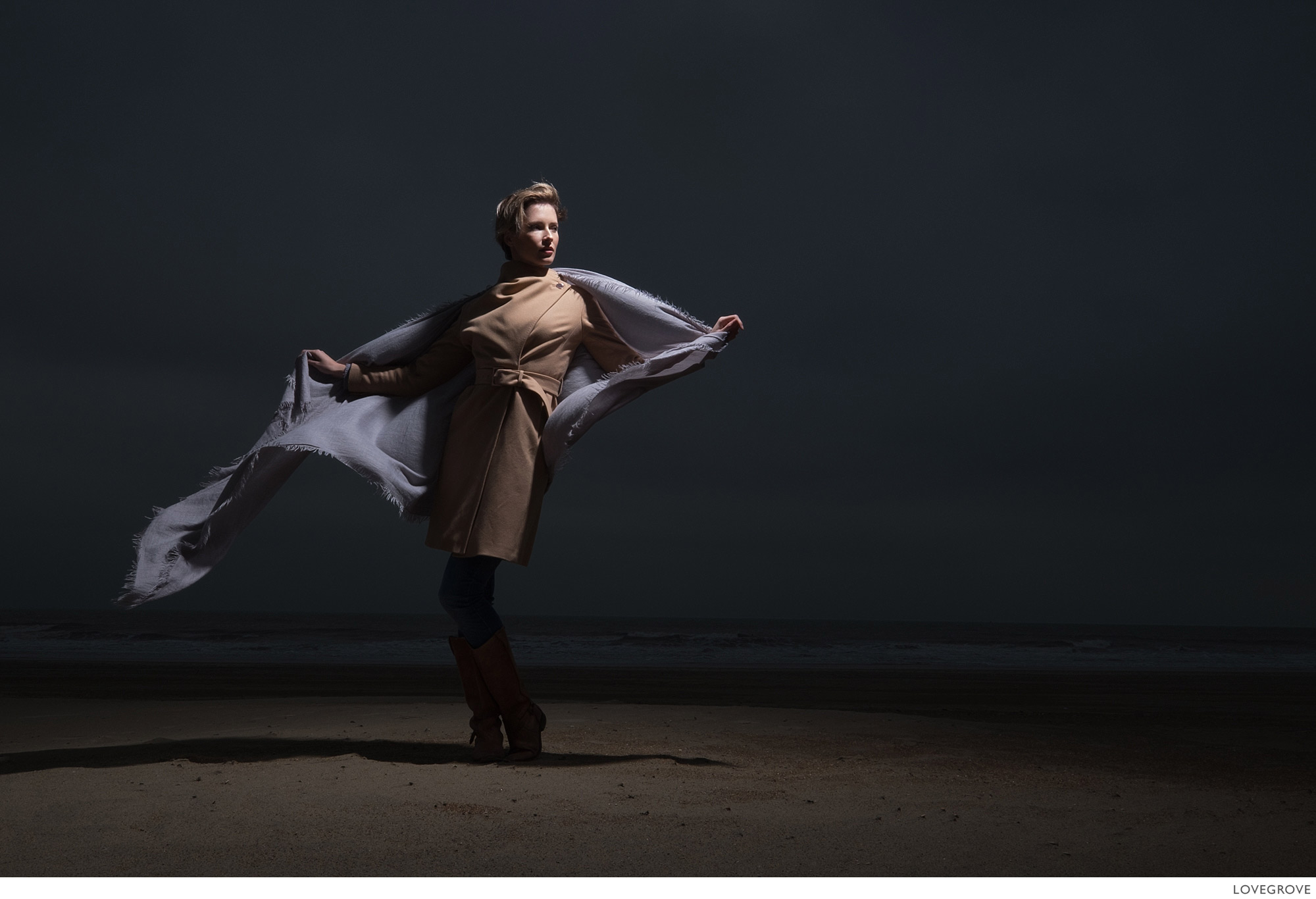
07. I struggled to find a decent portrait for this feature that I’d shot using the XF10-24mm lens. It’s a lens that has never resonated with me. Here is an interesting shot though. It was cold on Ostend beach one morning in February but Rosalinde braved the North Sea breeze for a dramatic flash shot. I lit Rosalinde with an Elinchrom ELB 400Ws location flash held on a boom arm above her head by fellow X-Photographer Ioannis Tsouloulis.
The XF100-400mm lens has a more extreme focal length range with it’s 4:1 zoom ratio. It’s a great lens for full-length fashion where a lot of depth of field is needed in conjunction with a very out of focus background.

08. The XF100-400mm lens comes into its own when there is space to get back so the scene can be compressed. I set up this sunlit portrait of Arielle in the painted desert in Arizona. I loved this shot so much it made the cover of my book called ‘Portraits’. You can download your copy here.
Whatever Fujifilm lens you choose to use to make your portraits, you can be assured the lens is not going to be a limiting factor. Stay creative and enjoy your photography.



















